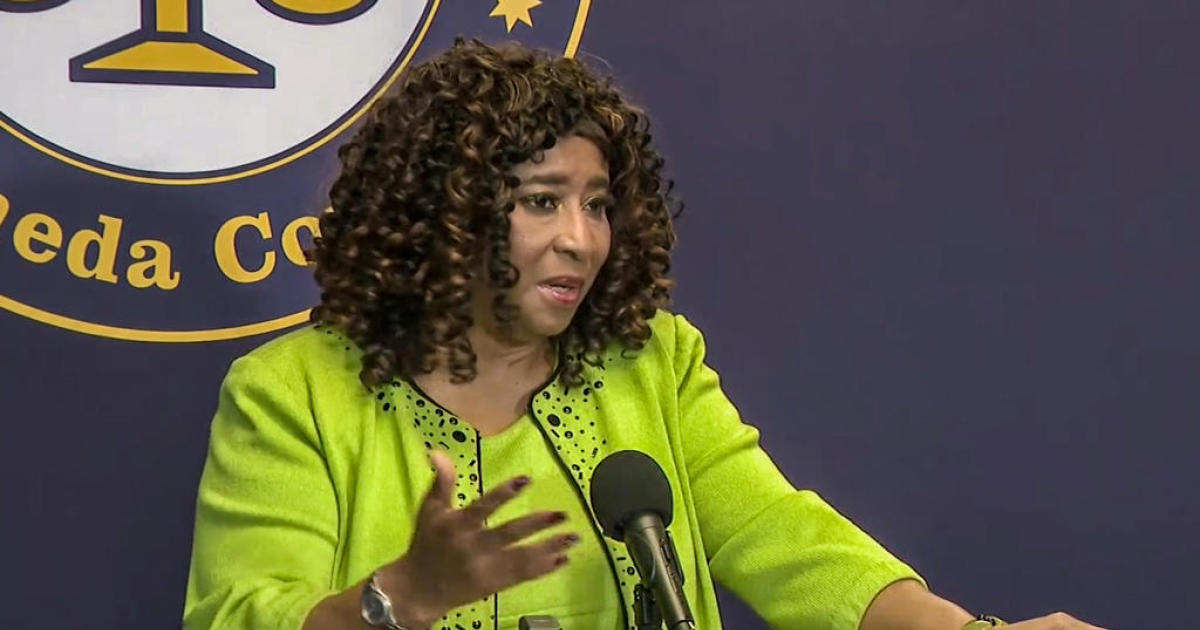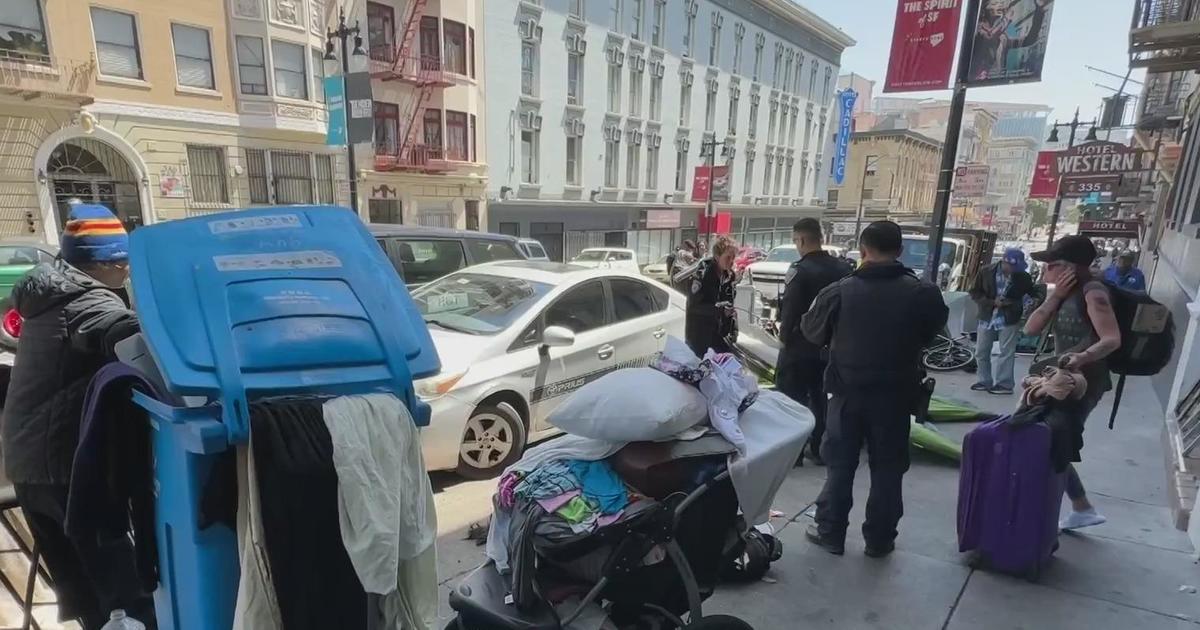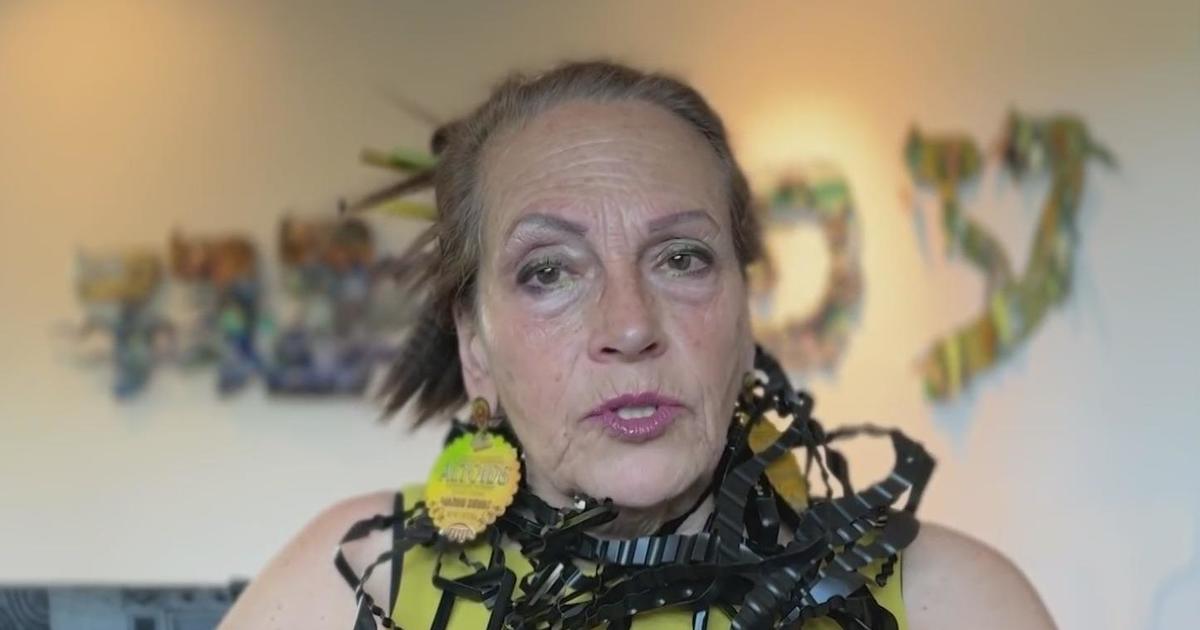Old TV Tubes May End Up At California Landfills, Despite Fees
SANTA CLARA (CBS 5) -- For years, California has required old TV and computer monitors to be recycled and charges a special fee. But new rules will put many of those monitors in the dump, while consumers will still pay that surcharge.
California's recycling program is unique, because consumers have to pay at the point of sale. A $6.00 to $10.00 surcharge on TV purchases goes to make sure old ones don't end up polluting the environment.
Why? Because old-style televisions and monitors have a Cathode Ray Tube (CRT), which has glass full of toxic lead. The goal is to keep it out of our landfills. But now it will end up there after all.
"We are trying to get ahead of this," said Karl Palmer with the State Department of Toxic Substances Control.
Palmer said the problem is getting very serious. "You can just do the math. There are millions and millions of pounds of glass entering the recycling stream every year in California," he said.
The problem is that under state regulations, CRT glass can only go to a smelter to extract the lead or to a factory to make more of the same CRT televisions. "That market is drying up because there is not a need or demand for new CRTs," said Palmer.
As a result, the leaded glass is piling up in unsafe places. Three years ago, a CBS 5 investigation found some of the biggest recyclers in the state were getting rid of it in Arizona. A mountain of leaded glass in the middle of the desert is still sitting there.
After CBS 5's investigation, state officials banned exports to that Arizona facility. With one less place to send it, some local recyclers are resorting to just abandoning it. State enforcement agents shot video of old TVs and monitors dumped in a field near Fresno.
The state said something had to be done, and the solution was to allow CRT glass to go to the landfilll. "The glass we're most concerned with is the glass that contains lead, which is a neurotoxin and harmful to people and the environment. That glass would have to go to our class 1 hazardous waste facilities," said Palmer.
Waste Management runs a class 1 hazardous waste facility in Kettleman City, in the Central Valley "It has a double liner system, then also we have a leachate collection removal system. They are designed to last 100 years," said plant manager Jim Sook.
Palmer said some of the glass that doesn't have lead could also go to a class 2 or 3 landfill, essentially a local dump.
"It's really unacceptable at this point," said Sheila Davis with the Silicon Valley Toxics Coalition. "That is what we have seen in the past; if you can landfill something versus recycle it. If it's cheaper or easier to landfill, it goes to the landfill."
That's bad news for recyclers looking for new uses for the glass, such as ECS Refining in Stockton. "This comes along at an inopportune time for us, because people will have the opportunity to put the material in a landfill as opposed to shipping it to us for real recycling," said ECS Refining's Bill McGeever.
Palmer is not convinced the technology is ready yet. "We aren't going to approve someone recycling something unless we know that it's safe and effective," he said.
"I think most consumers that pay the recycling fee pay it in good faith and willingly, they want their products recycled. And so I think that the state owes it to the people of California to make sure that it is recycled properly," Davis said.
The Department of Toxic Substances Control does not regulate recycling fees, that's up to a different state agency, Cal Recycle. They say for now, despite the rule change, the fee structure will stay the same. But the agency admits they are bracing for complaints from consumers and environmentalists.
(Copyright 2012 by CBS San Francisco. All Rights Reserved. This material may not be published, broadcast, rewritten, or redistributed.)



